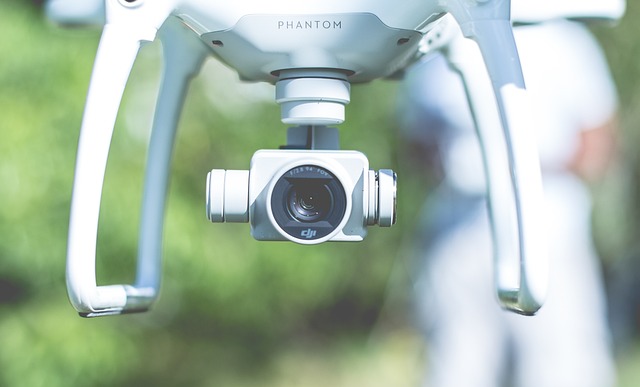This week, we will be talking about drones – one of the most popular topics in today’s world. So strap in and let’s get into it!
A lot has transpired since drones started gaining popularity back in 2015. Back then, even before the FAA knew whether drones were legal or not, consumers were scrambling to get their hands on them. Over the years, drones have, for a number of professions become an important artistic tool – something that’s far from the “million-drone Christmas” craze we witnessed back in 2017. Read on below to find out everything you need to know about piloting drones for real estate applications – from tricks, tips and even advice for those interested in monetising their skills through freelancing.
Certification
Certification is the best and most important point to start from before moving forward. You need a commercial drone pilot certification, so as to be able to work as a commercial drone photographer. The FAA is the main government agency that handles these things. Before you start taking on clients, you must go to a federally authorised testing centre to take the Part 107 exam, in line with FAA regulations.
Equipment
Getting the proper equipment forms the basis for the second most important part of being a drone pilot. Your tools of trade play an essential role in determining the quality of your skills are a pilot and photographer. There is no room for excuses as far as the performance of your technology is concerned – especially in a results-oriented business like real estate. Battery life and durability are among the common essential features to look for.
You will need to part with anywhere between $500 and $2,000 for a relatively good drone. You should think of this as an investment into your business, more than anything else. More importantly, you are investing in yourself as well. At a bare minimum, you can expect the following features, when you buy a drone within this range of prices. High-quality images are a must; as such, your drone should be capable of taking high-quality, professional-looking photos – using a top-quality built camera or a customizable mountable option. Since they allow for the use of various lenses and cameras, even while on jobs, drones with payload options are our chosen favourites.
Battery life is also very important. Consider getting a low battery notification, while you are out on a recently updated golf course, trying to get the perfect angle in the California sun, with sweat dripping down your face! For starters, you will have to work as fast as you can, trying to get the drone back to your position on the ground before it runs out of power. Secondly, you will also need to spend valuable time – that could have been spent doing other things – waiting for the battery to recharge on site. Does this simply mean that you need to keep your drone fully charged all the time? Not really. It would be better to buy a drone that comes with a battery life that matches your requirements.
Shooting Time
It is worth noting that commercial shoots normally last for over an hour, while residential shoots may be around an hour long. However, the shooting time may vary from one project to the next, simply because no two projects are alike. Exercising your own judgement is advised. Just in case, we also recommend carrying a backup battery as well.
As a real estate drone photographer, there are generally a few types of projects that you will encounter, once you have the right equipment. Examples of the most common jobs include housing complexes, apartments and homes that are about to come into the market – all falling under the residential real estate bracket. Malls, office buildings and shopping complexes, all of which are commercial in nature, are also common and tend to be generally larger than residential real estate properties. Last but not least, you may be tasked with surveying large tracts of land that are to be sold as is, or are in the pre-development stage.
